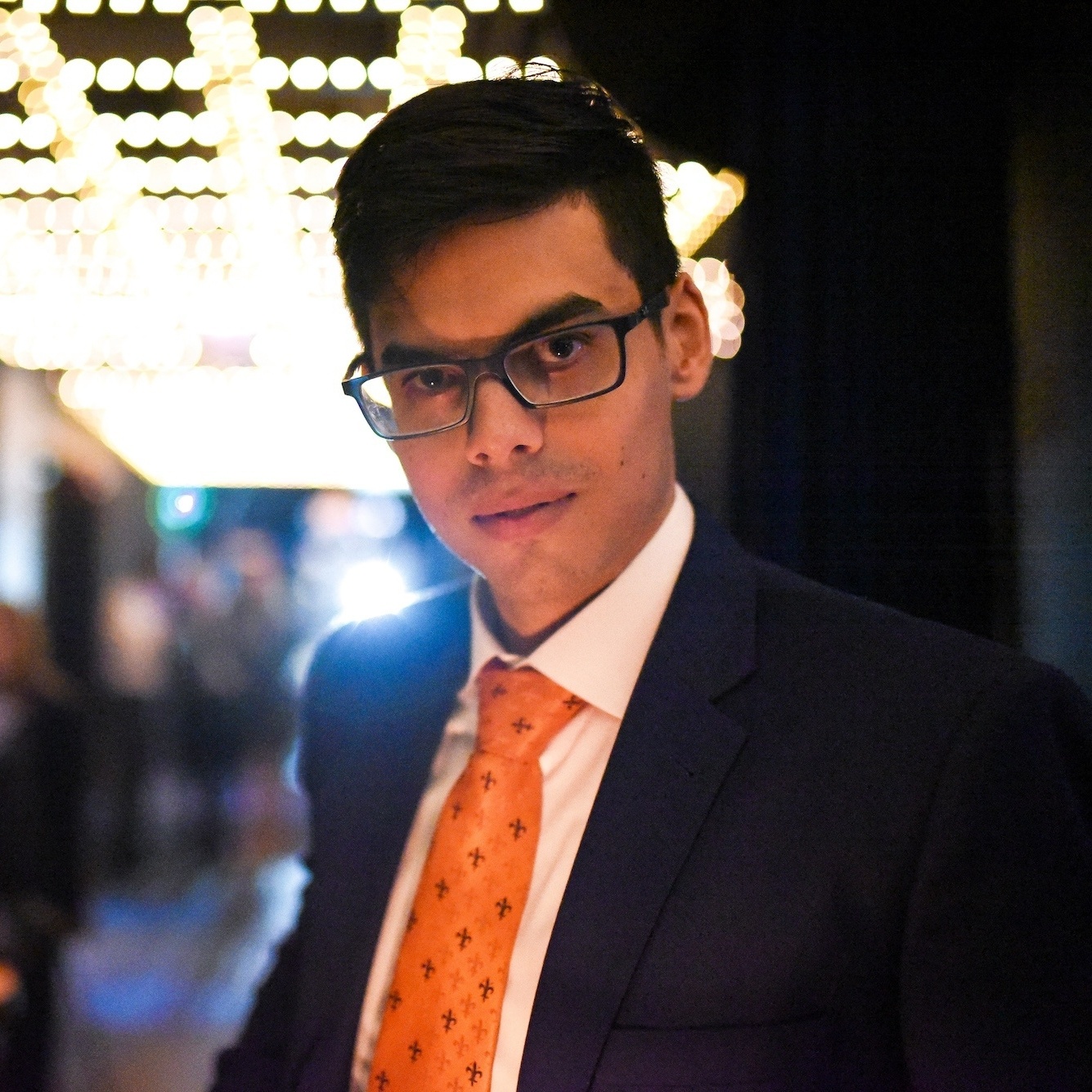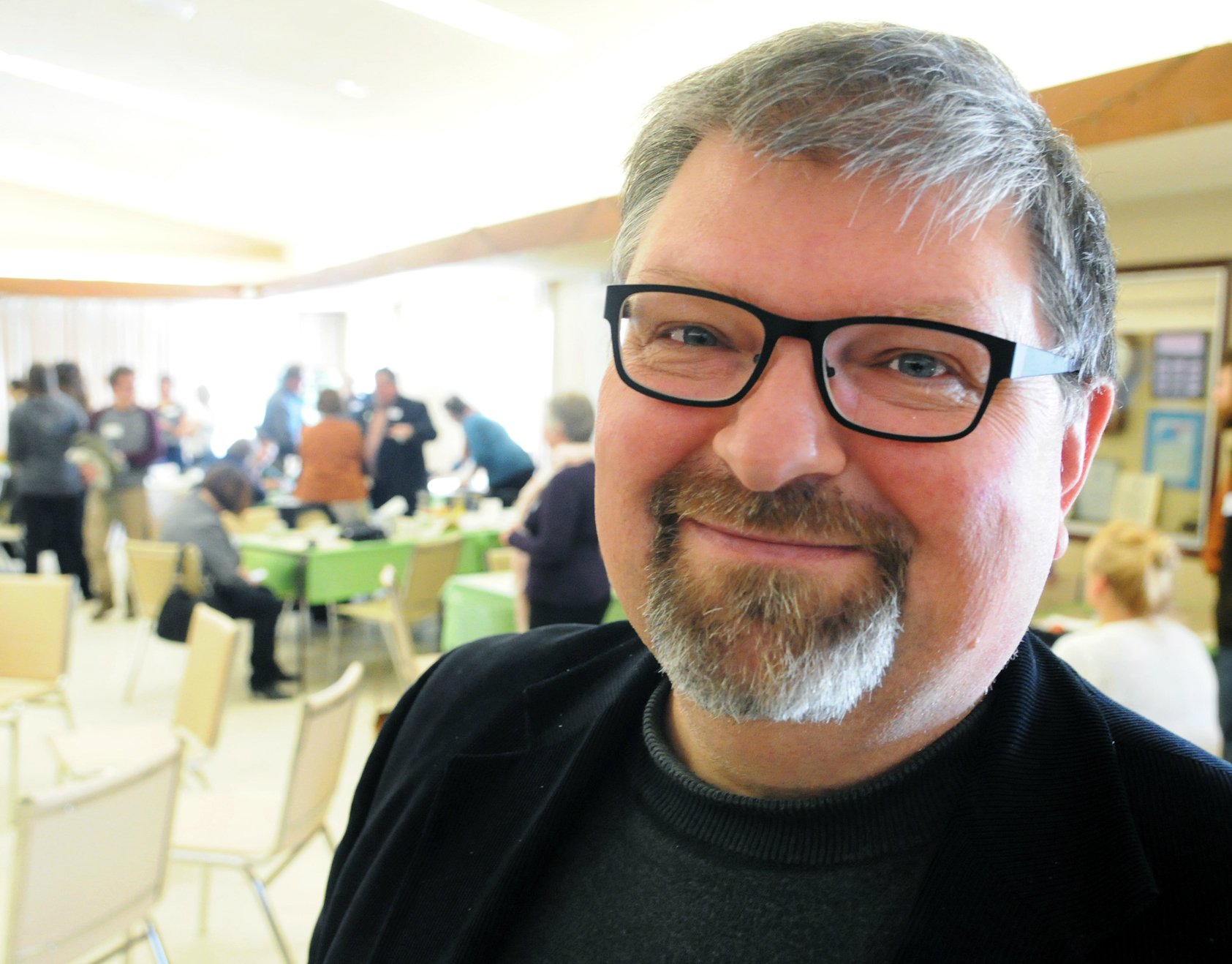 It starts simply enough; You go to a conference and learn about an exciting new framework for bringing about change. Maybe it’s Collective Impact, or Design Thinking, or Behavioural Economics. So you return to your community full of good ideas on what’s next. You’ve got a toolbox, a step-by-step process for change, and some great examples of how this approach worked in the past. As long as you follow the process, you’ll be successful, right?
It starts simply enough; You go to a conference and learn about an exciting new framework for bringing about change. Maybe it’s Collective Impact, or Design Thinking, or Behavioural Economics. So you return to your community full of good ideas on what’s next. You’ve got a toolbox, a step-by-step process for change, and some great examples of how this approach worked in the past. As long as you follow the process, you’ll be successful, right?
This is a major pitfall for changemakers. There are no prescriptive methods for community change, but too often we find people treating frameworks like recipes; step-by-step processes that need to be rigorously followed. This is very tempting to do. A model gives your work and your decisions legitimacy; It’s easier to justify a decision to funders, managers, and the community if it aligns with a model rather than your intuition. A model also insulates us from criticism; If our efforts fail while we are following ‘best practices,’ we have offloaded responsibility onto those practices. It’s also much easier to deliver a message that there are simple steps for change rather than focusing on the uncertainties and unknowns, so it’s easy for experts and coaches to reinforce the notion that there are step-by-step approaches that work, every time.
Treating a framework like a recipe is safe.
Except that this is a flawed way of approaching these frameworks. They are not recipes for change. Instead they are heuristics and principles – collections of what has worked in the past and attempts to make sense of what made the difference between success and failure. They help point us in directions that we might consider or give us starting points when we get stuck. They help us draw effectively on what those before us have learned. But they do not, and should not, presume to have all the answers.
Working effectively with these frameworks requires you to bring yourself to the process. As a community changemaker you bring local context, your knowledge of your community, your unique assets and the assets of those around you. You bring your intuition and your unique experiences. Perhaps most importantly, you bring your grit – your tenacity to not sit idly by and let a social issue go unaddressed. Frameworks for change can never hope to replicate those things. With a recipe you can expect to get roughly the same results every time you follow it. A framework can only act as a guide to helping you achieve the results that you want.
At Tamarack, we believe that there are great frameworks that can help support your change efforts. We are fortunate to have the opportunity to connect with changemakers across the world to learn from them and share what we have learned with others. But our role as a Learning Centre is not to tell you what you should do, instead it is to ask questions and share examples that can help you make your best decisions.
As new models spread, it’s easy to treat them as a silver bullet. Whenever we encounter an issue or challenge, we often ask, “What does the model say I should do?”
Instead, we could be asking, “What do we think we should do?”
Getting Deeper
- Learn more about how we are supporting communities guided by similar principles, but unique in their approaches by exploring our Vibrant Communities networks.
- Learn more about how community change efforts differ from other types of problems and why our approaches need to be different, in About Collective Impact: Types of Problems, Degrees of Change, Learning Loops, and Methods of Thinking.
- Explore our take on the world of Design Thinking as one example of how understanding the principles behind the approach is more important than rigorously following a prescriptive process in this webinar.





